04:02
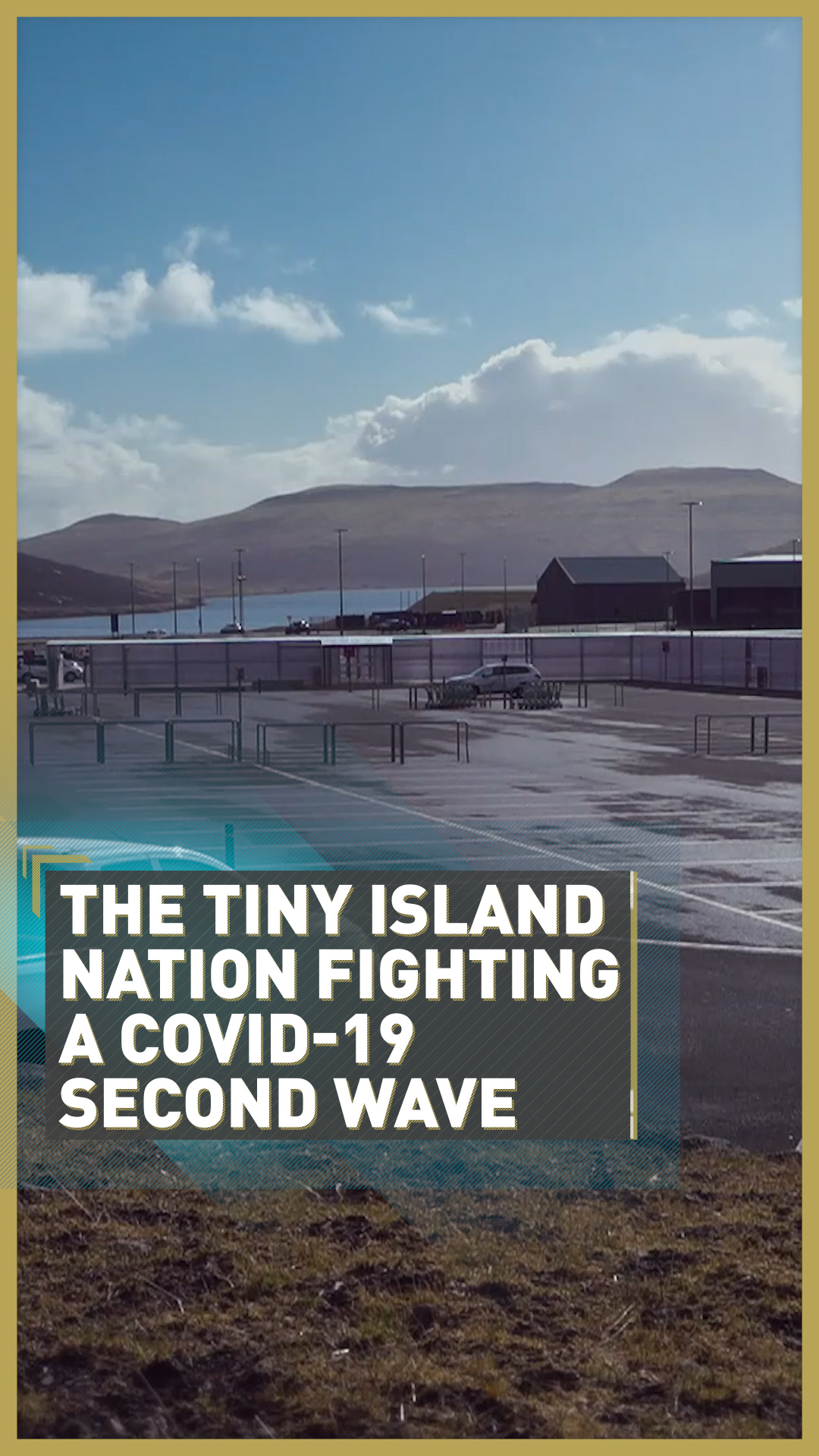
Famed for its whaling practices and stunning coastal views, the isolated archipelago of the Faroe Islands has one of the smallest populations in Europe.
But despite its remoteness and tiny populace, it has recently reported the highest concentration of COVID-19 cases in the whole of Europe. As of Saturday 15 August, the proportion of cases is currently at 281.4 per 100,000 people; in comparison, Spain and the UK have 115.6 and 19.7 respectively.
The concentration is understandably higher for nations with fewer inhabitants – Montenegro, Luxembourg and Andorra are also in the top 10.
But what led to the Faroe Islands' second spike, and how can the government successfully tackle the novel coronavirus among a small, tight-knit community where restrictions are difficult to enforce?
00:20
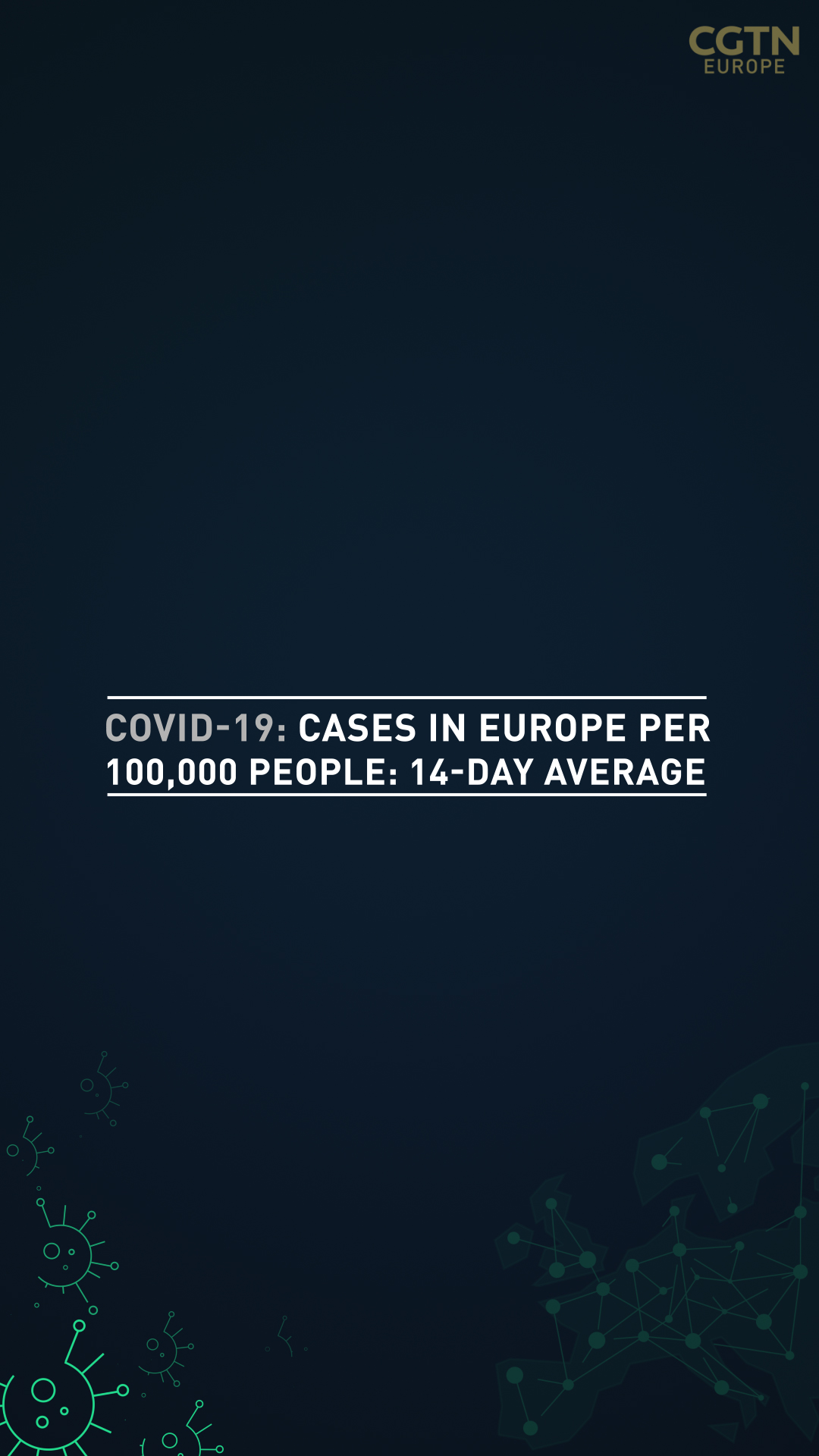
Terms to explain: Autonomous territory of Denmark, connected since the 14th century. Copenhagen still responsible for justice, defense, and foreign affairs.
- Not part of the EU but has a free trade deal with the body.
- Situated between the Norwegian Sea and the North Atlantic Ocean, halfway between Iceland and Norway.
- 18 major islands, 17 inhabited.
- Population: 52,656 (2020), largely descended from Vikings who arrived in the ninth century.
- Main source of income is fishing.
- Growing industries include financial services, petroleum-related businesses, shipping, IT, telecommunications, and tourism.
- Similar standard of living to Denmark.
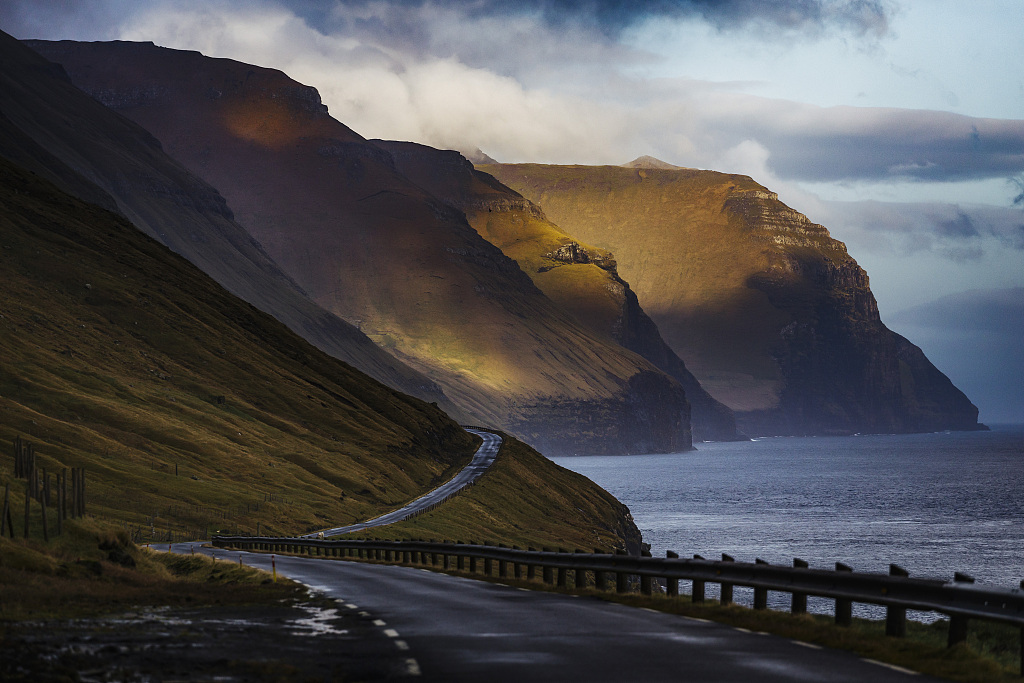
The Faroe Islands, situated halfway between Iceland and Norway, confirmed its first case of COVID-19 in March. /Andris Barbans/VCG
The Faroe Islands, situated halfway between Iceland and Norway, confirmed its first case of COVID-19 in March. /Andris Barbans/VCG
When did COVID-19 first get to the islands?
The government reported its first confirmed case in March, after a man contracted the disease while on a visit to Paris, with other arrivals helping the virus to spread.
After Denmark announced strict social measures to halt the disease's spread in early March, the Faroese followed suit.
Despite having one of the highest frequency of cases in the world for a time in April, through mass testing and self-quarantine guidelines, the government were able to announce on 9 May that there were no longer any active cases on the Islands.
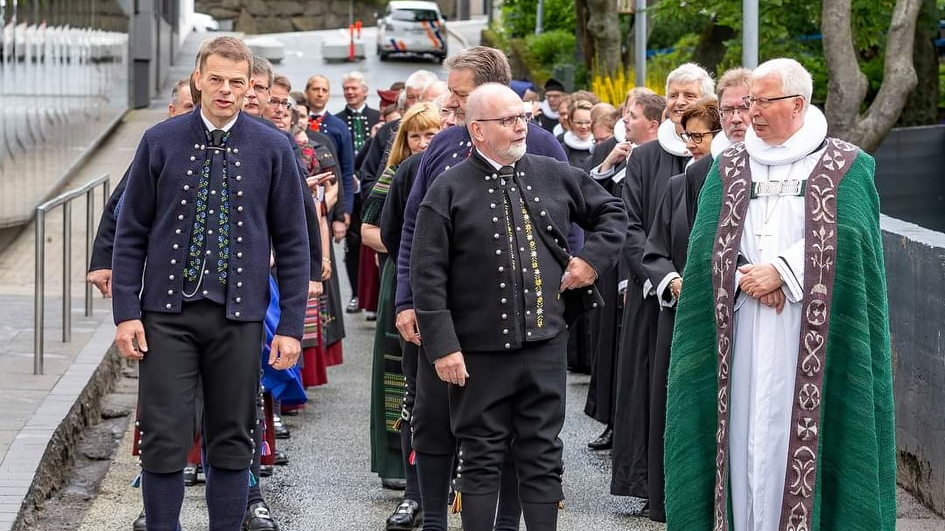
Faroese prime minister Bárður á Steig Nielsen (left) wears traditional costume for the national holiday, St. Olaf's Day. /Olavur Frederiksen
Faroese prime minister Bárður á Steig Nielsen (left) wears traditional costume for the national holiday, St. Olaf's Day. /Olavur Frederiksen
But after nearly four months of no new cases, COVID-19 returned to the islands in July.
This is in part thanks to the country opening up its borders – first to Denmark, Iceland, Greenland, Norway, and Germany – and later to other EU and Schengen countries.
Despite mandatory testing for visitors taking place from June onwards, the disease managed to spread through islands.
While there have been no deaths to date, and most incidences have been largely asymptomatic, the number of confirmed cases jumped from 191 on 18 July – with all but three recovered – to 365 on 13 August.
Watch: Isolated by virus, Faroe Islands offer virtual tours
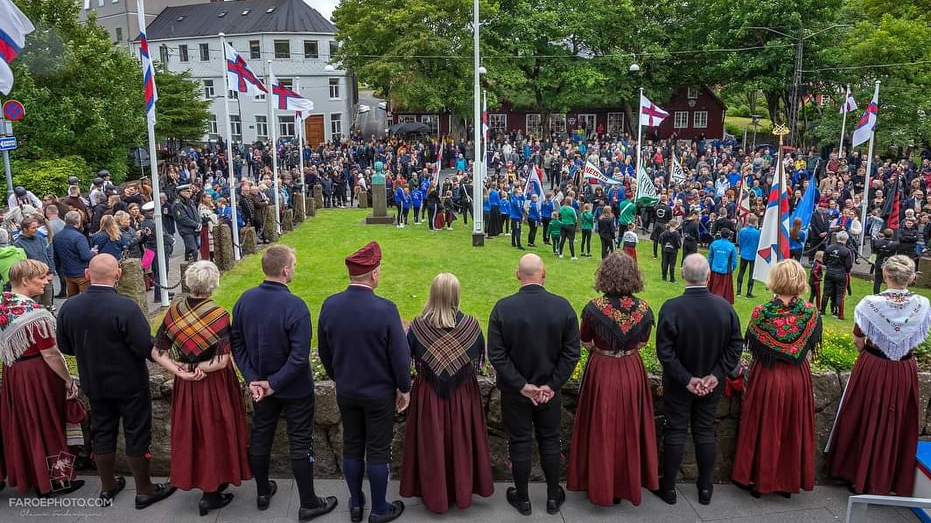
Faroese locals gather in traditional costume in the capital of Thorshavn for St. Olaf's Day. /Olavur Frederiksen
Faroese locals gather in traditional costume in the capital of Thorshavn for St. Olaf's Day. /Olavur Frederiksen
What led to the second wave?
Faroese police commissioner Michael Boolsen, who also heads the islands' epidemic commission, told CGTN Europe that the reason for the spike wasn't completely clear, but that it could have happened during the islands' biggest summer festival, St. Olaf's Day, on 29 July.
"It's the opening of the parliament. It's a great national feast," he explained. "So, it means that a lot of people were gathering and it might have caused it."
However, Faroese prime minister Bárður á Steig Nielsen believes that the second wave came later: "It's more likely that the big outbreak of COVID-19 came from some private arrangements that came after Olaf's day."
"There was also a wedding, which we can track many of the incidents back to," said police commissioner Boolsen. "So these are probably two main reasons for the spike."
Read more: Which states and territories have zero COVID-19 deaths?
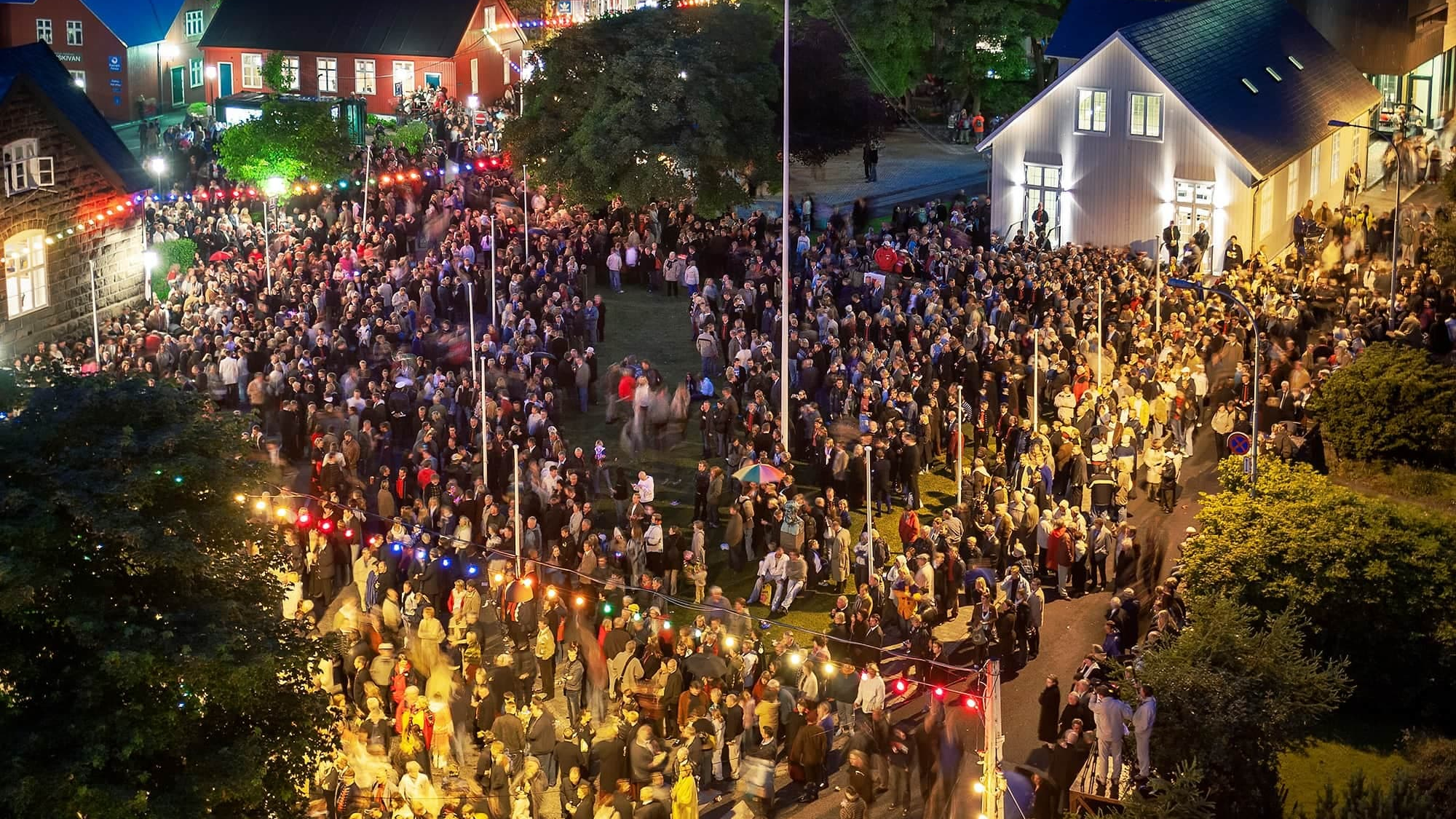
Thousands gather for St. Olaf's Day. /Olavur Frederiksen
Thousands gather for St. Olaf's Day. /Olavur Frederiksen
How is the government tackling the spread?
The Faroe Islands' epidemic laws prevent major interventions seen in other European countries.
The government has ordered the closure of restaurants and pubs from 11:00pm onwards, but commissioner Boolsen says, "that's the only thing that is actually possible at the moment within the legislation that we have."
Instead, the government are relying on mass testing. According to the police chief, more than 2,000 people are being tested a day. "Considering that the population is 52,000 people, it's quite a lot," he says.
The prime minister told CGTN Europe that while the Faroe Islands currently has a high percentage of coronavirus infections, by the end of next week, some 75,000 people would have been tested.
That's around 150 percent of the Faroese population. "You could say that we have a huge world record for the number of tests," said Nielsen.
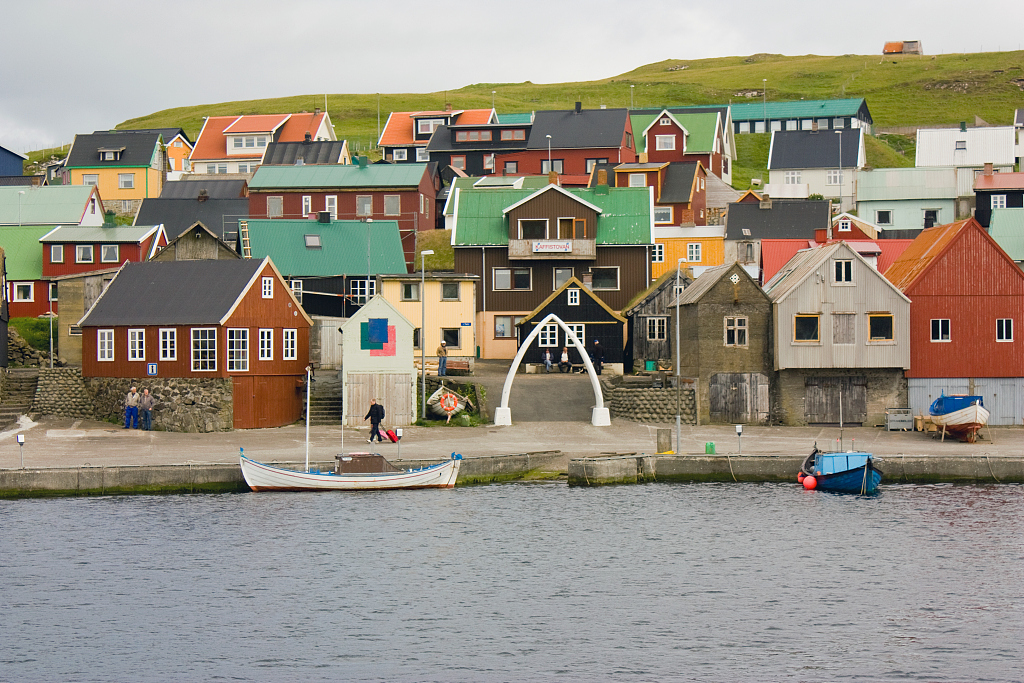
COVID-19 has left many hotels and restaurants empty in the Faroe Islands and fishing, on which many Faroese are reliant, has also taken a hit. /Wild Vanilla/Getty Creative/VCG
COVID-19 has left many hotels and restaurants empty in the Faroe Islands and fishing, on which many Faroese are reliant, has also taken a hit. /Wild Vanilla/Getty Creative/VCG
What impact is it having on the community and the economy?
The Faroe Islands economy has been growing for the last decade, with erstwhile 2020 projections for industries like tourism "better than ever," according to the prime minister.
However, COVID-19 has left many hotels and restaurants empty. And fishing, on which many Faroese are reliant, has also taken a hit.
"In the long run, I would say that we probably will see some decline in the trade with the exports, the fishery prices and the salmon price and so on," said Nielsen. "But it depends on a lot of things that are unknown so far."
The prime minister also admits that the cancellation of events – particularly indoor sports like handball, at which he was a former national contender – caused disappointment for the population.
Despite being such a small community, "it's hard for a lot of people, elderly people and young people that are missing a lot of their social life," he says.
Read more: European salmon sales to China slowly recovering after virus scare
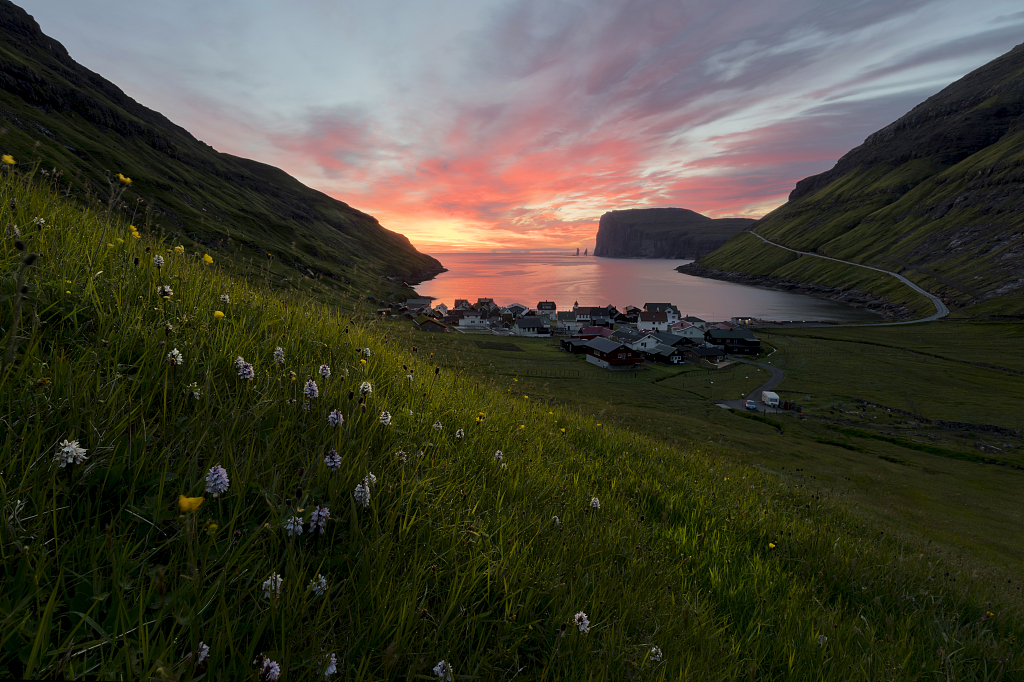
Faroese local Bjarni Nygaard says the Faroes has "a better opportunity to contain the spread of the disease because we are so few people." /Roberto Moiola/Sysaworld/Getty Creative/VCG
Faroese local Bjarni Nygaard says the Faroes has "a better opportunity to contain the spread of the disease because we are so few people." /Roberto Moiola/Sysaworld/Getty Creative/VCG
Bjarni Nygaard, a 46-year-old administration worker on the southern Faroese island of Suðuroy, is one of the people to have contracted the disease during the recent spike.
Currently in self-quarantine, he says that almost everyone knows someone affected by COVID-19: "Of course, people in general are sad about the second wave because we've been used to not having any COVID-19 instances... but what can you do? You can only try to contain it."
For Nygaard, the small community has some benefits during a pandemic: "We have a better opportunity to contain the spread of the disease because we are so few people."
As the prime minister says, the Faroe Islands' small community is both its strength and weakness amid the pandemic.
"But with the full understanding from the Faroese people and their willingness to make a fast change in their way of living, we won the fight against COVID-19 in the spring."
Despite the second spike, he remains positive: "We will do it again this time, hopefully."
Video: Natalia Luz